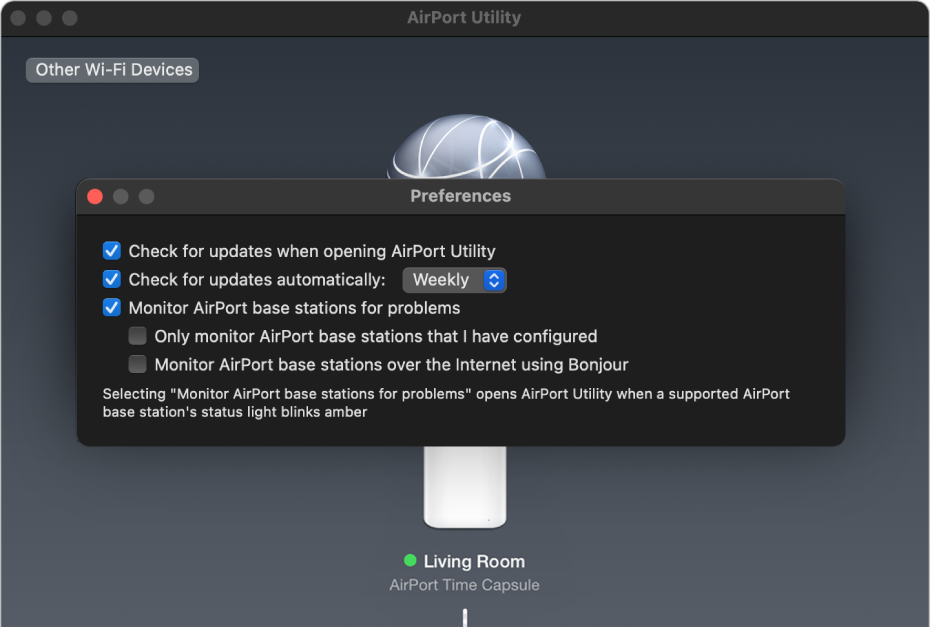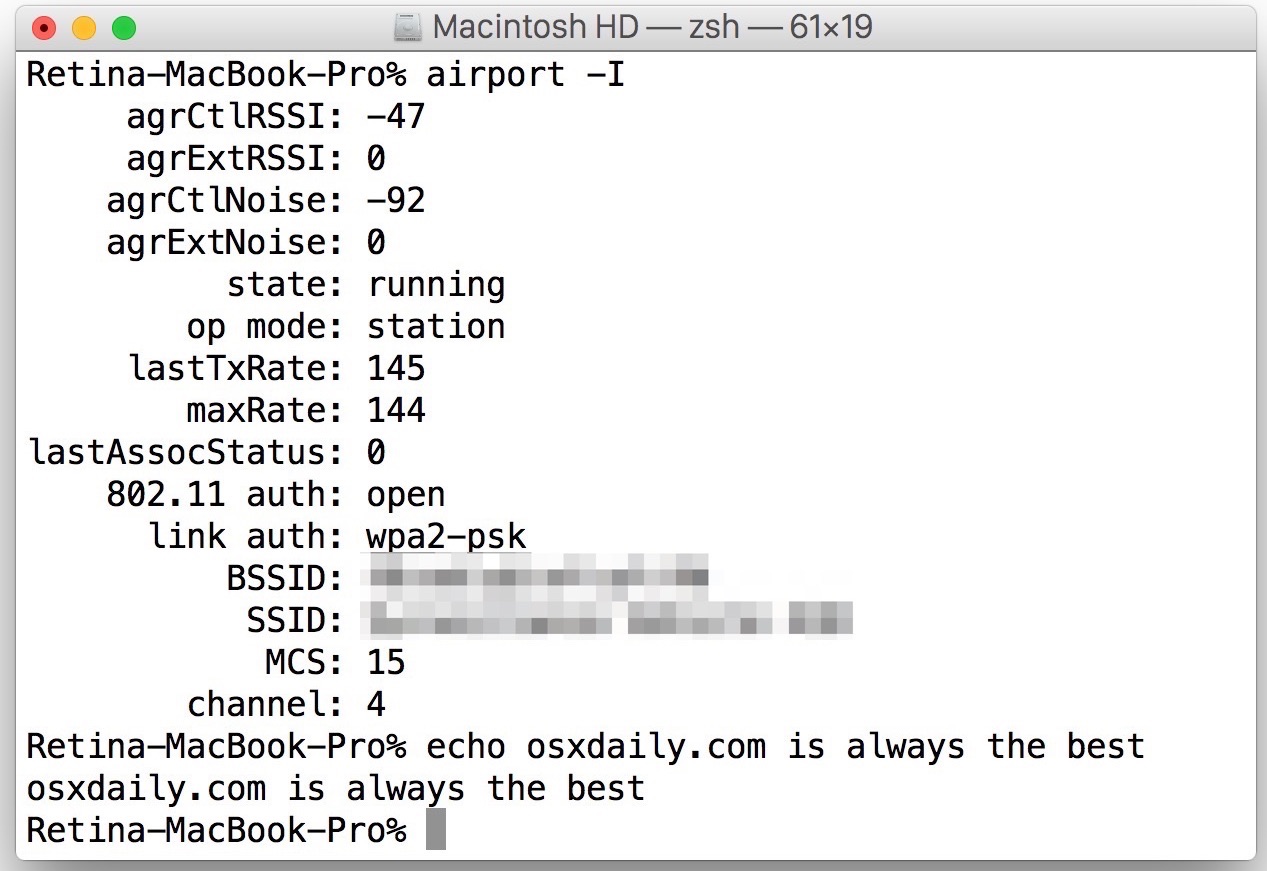


iCloud synced mail, calendars, contacts, reminders, documents, notes and more between Macs, iPads, iPhones and iPod touches. Apps from iOS devices were also brought over: Reminders, Notes and Messages, which brought iMessage to the Mac for the first time Notification Center alerted users to new emails, messages, software updates or calendar alerts Dictation converted words into text and a new Sharing button allowed the sharing of photos, videos, files and links with Mail, Messages and AirDrop. With the release of the aluminum unibody MacBook and Macbook Air with multi-touch track pad, OS X Leopard also unofficially supported multi-touch gestures.Īpple introduced OS X Mountain Lion at WWDC 2012, and from then onward dropped the "Mac" prefix from all references of OS X on its website. OS X 10.5 included Stacks, a grouping feature that displays files in a "fan" or "grid" style in folders on the Dock an updated Finder that incorporates the Cover Flow visual navigation interface first seen in iTunes, iPhone and iPod touch Quick Look, which allows a "preview" of items by hitting the space bar Spaces, a way to group application windows on more than one virtual desktop Time Machine, an automatic backup utility that allows users to restore deleted files and Boot Camp, Apple's software client to run Microsoft Windows natively on a Mac.

#Apple airport utility mac os x update#
Apple introduced OS X Leopard at WWDC 2006, and it became a redefining moment for its software, since it was noted to be the "largest update of OS X." It featured a modernized look with a three-dimensional, reflective Dock, a semitransparent menu bar, larger drop shadows for active windows and new high-resolution icons.


 0 kommentar(er)
0 kommentar(er)
